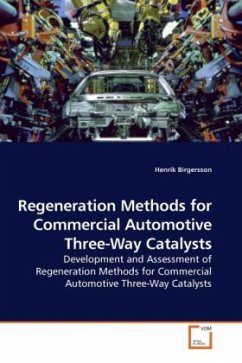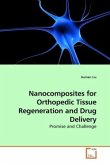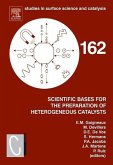Car exhaust catalysts were introduced in the early
1980 s, to limit the release of pollutants such as
hydrocarbons, carbon monoxide and nitrogen oxides.
These catalysts contain noble metals such as
palladium (Pd), platinum (Pt) and rhodium (Rh) and
are able to simultaneously abate all three of the
above-mentioned pollutants, hence the name three-way
catalyst (TWC). The exposure to high temperatures
(800-1000 °C) during operation and the presence of
additives in gasoline and lubricants will, after a
certain time, lower the activity of the TWC. High
temperatures reduce the active area by causing the
noble metals to agglomerate and sinter, whereas the
additives alter the activity either by fouling the
pores of the support material or by interacting with
the metals.
The main objective of this work was to develop a
method which allows for the removal of contaminants
(additives) from the washcoat and enables the
redispersion of the active sites (noble metals), in
an effort to recover lost catalyst activity. For
this purpose, regeneration experiments were carried
out on a wide spectrum of different commercial car
exhaust catalysts.
1980 s, to limit the release of pollutants such as
hydrocarbons, carbon monoxide and nitrogen oxides.
These catalysts contain noble metals such as
palladium (Pd), platinum (Pt) and rhodium (Rh) and
are able to simultaneously abate all three of the
above-mentioned pollutants, hence the name three-way
catalyst (TWC). The exposure to high temperatures
(800-1000 °C) during operation and the presence of
additives in gasoline and lubricants will, after a
certain time, lower the activity of the TWC. High
temperatures reduce the active area by causing the
noble metals to agglomerate and sinter, whereas the
additives alter the activity either by fouling the
pores of the support material or by interacting with
the metals.
The main objective of this work was to develop a
method which allows for the removal of contaminants
(additives) from the washcoat and enables the
redispersion of the active sites (noble metals), in
an effort to recover lost catalyst activity. For
this purpose, regeneration experiments were carried
out on a wide spectrum of different commercial car
exhaust catalysts.








